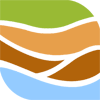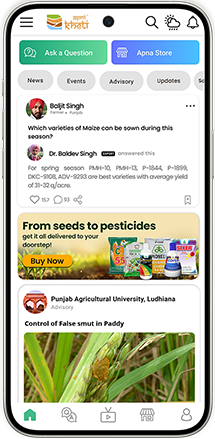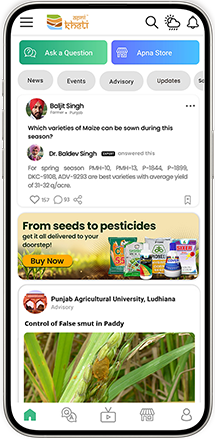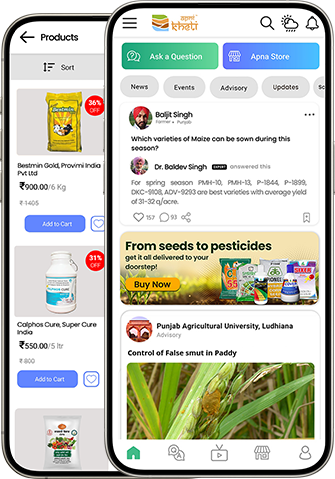Sheep’s mainly like to do grazing and love to eat leguminous feed such as Lobia, Berseem, and Cowpea etc. In fodders mainly cowpea/lobia is given as feed to the animals as it is the annual plant and is served with the mixture of maize or sorghum. Sheep mainly grazes in the field for 6-7 hours and requires pasture or hay in their food diet. For grazing they required fresh green grass especially timothy or canary grass.
Planted fodder: Podded: Berseem, Garlic, Beans, Peas, Guar.
Non leguminous: Corn, Oats.
Tree leaves: Peepal, mango, ashoka, neem, berry and banyan.
Plants and bushes, herbal and climber plants: Gokharu, khejri, karonda, berry etc.
Root plants (Left over material of vegetables): Turnip, potato, radish, carrot, beetroot, cauliflower and cabbage.
Grass: Napier grass, guinea grass, doob grass, anjan grass, stylo grass.
Dry fodder
Straw: Chickpea, pigeon pea and groundnut, conserved fodder.
Hay: Grass, leguminous (chickpea) and non-leguminous (oats).
Silage: Grass, leguminous and non-leguminous plants.
Distribution
Grain: Bajra, sorghum, oats, maize, chickpea, wheat.
Farm and industrial sub products: Coconut seeds skin, mustard skin, groundnut skin, alsi, shisham, wheat sawdust, rice sawdust, etc.
Livestock and marine products: Full and partial dry milk products, fish meal, blood meal.
Industrial sub-products: Sub products of barley, vegetables and fruits.
Pods: Acacia, banyan, peas etc.

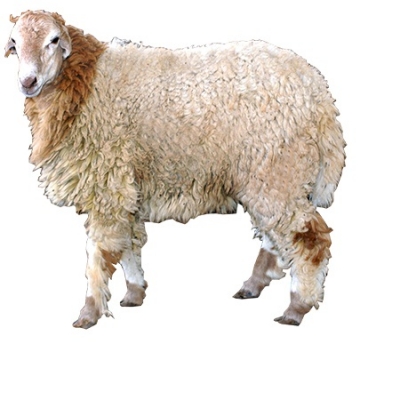
(1).jpg)
.jpg)
.jpg)
.jpg)
.jpg)
.jpg)
.jpg)
.jpg)
.jpg)
.jpeg)
.jpg)


